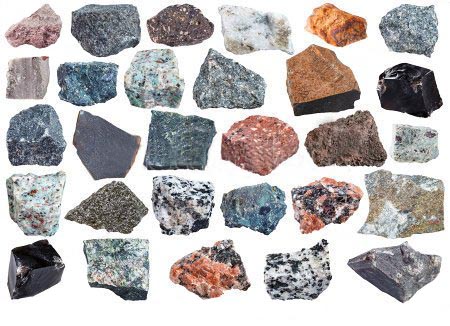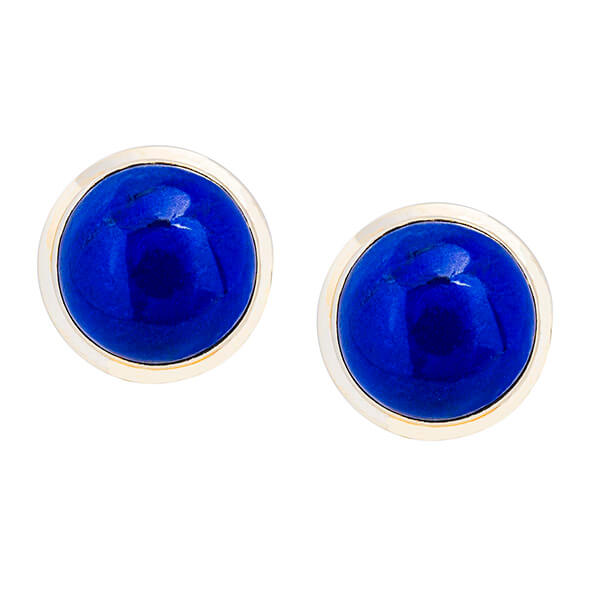Have you ever wondered about the difference between a gemstone, a rock and a mineral? Did you know that there has been much debate over what constitutes a gemstone? While we can be pretty accurate when identifying a mineral or a rock, it’s not often so with gemstones.
Since gemstones are used in jewelry making, they have a clear aesthetic and economic value. In turn, this value has become the basic characteristics of a gemstone, rather than its internal structure.
Let’s take a closer look at the differences in classification and usage of minerals, rocks, and gemstones.
Mineralogy, the science of minerals, teaches us that minerals are formed as a result of geological processes, and are, therefore, naturally occurring inorganic substances. They have a specific chemical and physical composition featuring a highly ordered atomic and typically crystalline structure. It’s fascinating that out of 2,000 known minerals, each and every one of them has a specifically identifiable composition.
You can identify a specific mineral based on seven factors: its color, luster, streak, fracture, cleavage, hardness and crystal form.

Conversely, rocks are mineral aggregates which don’t necessarily have a characteristic chemical composition. While minerals have thousands of forms, from pure elements to complex silicates, rocks are divided into three type: igneous, sedimentary and metamorphic. The study of rocks, petrology, aims to explain the formation of the earth, whereas mineralogy findings can have commercial applications.

The study of gemstones – gemology, is a branch of mineralogy. It classifies gemstones as either amorphous or crystalline. In fact, crystalline gemstones are minerals, meaning they have a definite and regular atomic structure. Examples of crystalline gemstones are ruby, emerald and garnet.
To be classified as a gemstone, a mineral has to have both economic and aesthetic value. It means that it’s selected to be cut, polished and used in jewelry making because of its beauty and durability.
But it doesn’t end there.
Even rocks can be classified as gemstones if they have decorative applications. That’s the case with lapis lazuli. Furthermore, some organic materials are classified as gemstones despite the fact that they don’t even have the crystalline structure. Such is the case of amber and coral. What’s more, they can’t even be classified as organic minerals, but rather as mineraloids.

Gemstones are most often regarded as rare, which we know to be only partially true. For instance, while amethyst used to be really rare, today it’s far from it. By the same token, while it used to be extremely valuable due to its rarity, its value has since dropped.
In summary, we can distinguish between a mineral and a gemstone based on their composition and usage in jewelry making. Minerals are typically crystalline; if a gemstone has the crystalline composition, it’s regarded as a mineral. If a mineral is regarded as rare and exceptionally beautiful, we refer to it as a gemstone. The same applies to rocks.
Due to the beauty and hardness of gemstones, jewelry making and watchmaking industries are primarily interested in gemstones, rather than minerals and rocks. Therefore, it’s no wonder that reliable jewelry stores near Chula Vista and throughout San Diego employ Graduate Gemologists; they not only have a comprehensive knowledge of different gemstones but also of their extensive usage in jewelry and watchmaking.